Morpheus8 RF microneedling vs. traditional microneedling: What’s the difference?
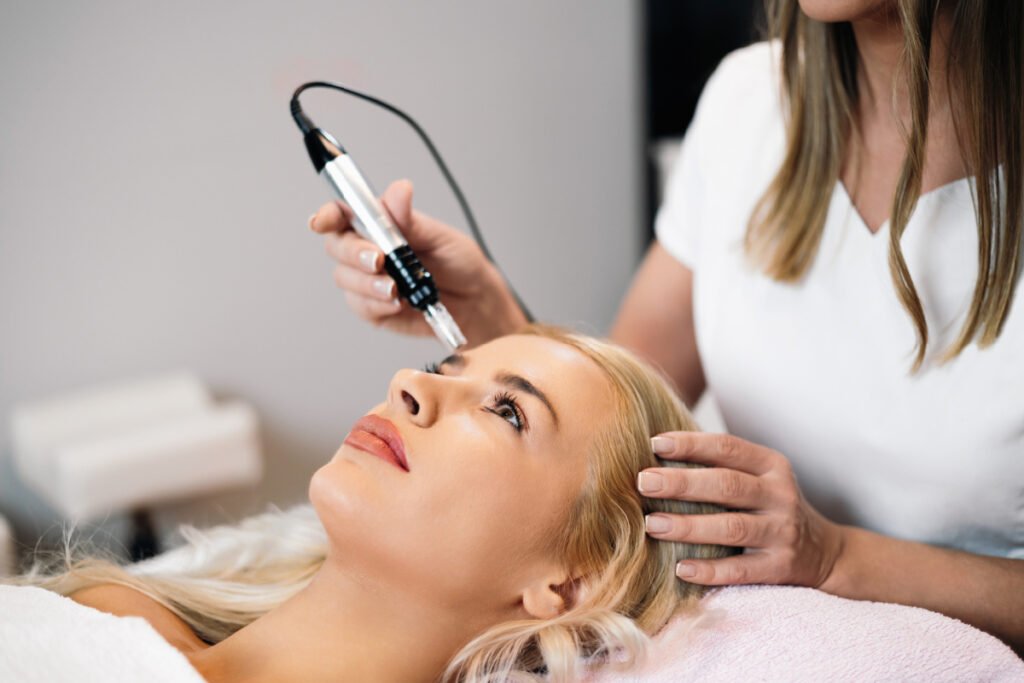
Aesthetic medicine constantly evolves, and new treatment and product innovation is essential. That’s why the expert aesthetics team at our Philadelphia plastic surgery practice is committed to advancing patient care and outcomes with the latest techniques and technologies.
One such breakthrough we’re excited to share with our patients is Morpheus8 RF microneedling. Dr. R. Brannon Claytor has conducted award-winning microneedling research, and in this blog, he explains the differences between Morpheus8 and traditional microneedling.
Traditional microneedling
Traditional microneedling uses a needle-tipped device to create thousands of tiny, controlled micro-injuries on the skin’s surface. These micro-injuries stimulate the body’s natural wound-healing process by boosting collagen and elastin production—two essential proteins to maintain the structure and elasticity of the skin.
As the skin heals and new collagen and elastin layers develop, the skin becomes smoother, firmer, and more youthful-looking. Traditional microneedling is widely used to address several skin concerns, including fine lines, wrinkles, scarring, mild skin laxity, and overall skin texture.
This technique is part of a novel treatment Dr. Claytor pioneered, LaMiNa (Laser + Microneedling + Nanofat), to significantly enhance facial rejuvenation outcomes. This unique treatment combination utilizes proven skin renewal methods to synergistically improve treatment results.
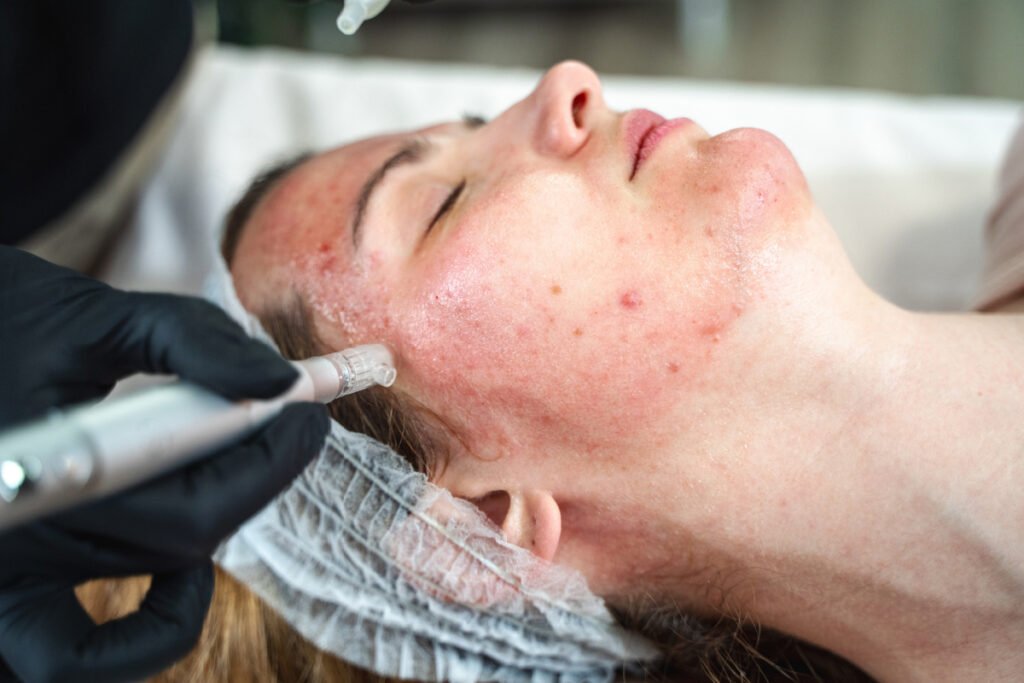
Morpheus8 RF microneedling
Morpheus8 is an advanced microneedling technique that integrates radiofrequency (RF) energy.
During a Morpheus8 treatment, the same micro-punctures are created as traditional microneedling, but the needles also deliver RF energy deep into the dermis. This energy heats the underlying layers of skin to create controlled damage that amplifies your body’s natural healing response. The heat from the RF energy also immediately contracts collagen fibers, which creates an immediate skin-tightening effect. Over time, the stimulated production of new collagen and elastin further improves the skin’s appearance.
Controlled RF energy enhances collagen and elastic production while tightening the skin for more comprehensive skin rejuvenation.
Key differences
Traditional microneedling and Morpheus8 RF microneedling are both highly effective in rejuvenating the skin, but there are some notable differences in their modalities and levels of results.
- Treatment depth: Morpheus8 RF microneedling penetrates deeper into the skin compared to traditional microneedling to target the underlying layers of tissue for more significant improvement in skin concerns.
- Collagen & elastin stimulation: Both methods stimulate collagen, but Morpheus8 RF microneedling typically produces quicker and more dramatic improvements because the thermal energy enhances the process.
- Versatility: Morpheus8 RF microneedling’s advanced approach also makes it preferable for treating more complex and severe skin issues, such as deep wrinkles, significant scarring, and cellulite, which would typically require a longer treatment series using traditional microneedling to achieve the same level of improvement.
- Downtime: Recovery from both procedures is generally minimal. Redness and swelling (similar to a mild sunburn) are common and short-lived with either treatment; however, there may be slightly more redness and swelling following Morpheus8 RF microneedling due to the deeper penetration and heat involved.
Is one treatment better than the other?
Both treatments have their merits. Traditional microneedling is superb for improving skin texture issues such as scars, fine lines, and enlarged pores. Morpheus8 RF microneedling, on the other hand, is the treatment of choice for deeper skin concerns and more significant skin tightening and contouring. The best way to determine which treatment would provide optimal benefits for your skin is to schedule a consultation with a skin rejuvenation expert who is highly experienced in both treatments and thoroughly understands the skin’s anatomy and physiology.
At Claytor Noone Plastic Surgery, microneedling treatments are performed by nationally-recognized, double board-certified plastic surgeon Dr. Brannon Claytor; our Physician Assistant, Julie Holesh; and our medical esthetician. This is a tremendous advantage for patients in Bryn Mawr, Main Line, and surrounding Philadelphia areas seeking facial rejuvenation options, as many practices and medical spas employ less qualified providers to perform these non-surgical med spa services.
Are Morpheus8 RF microneedling and traditional microneedling safe?
Absolutely. Both the RF microneedling technique and traditional microneedling technique have been proven safe, with few, if any, adverse side effects when performed by a trained professional. Part of your consultation involves thoroughly examining your skin’s condition and tone to ensure you can safely receive either treatment. Many patients are good candidates for microneedling; however, if you have a deeper skin tone, active acne or skin rashes, or have a metal allergy, we will provide alternative treatments to help achieve your skincare goals.
Dr. R. Brannon Claytor
Dr. Claytor is board certified by the American Board of Plastic Surgery and holds over 20 years of experience as a cosmetic plastic surgeon. An innovator and teacher in the field of plastic surgery, he uses advanced techniques like the drain-free tummy tuck and deep plane facelift to streamline recovery and provide natural-looking, durable results.

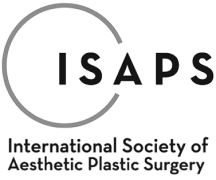
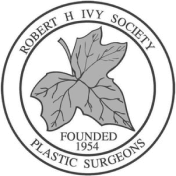
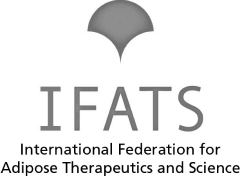
Our priority is ensuring you receive the best outcome, and we are committed to patient safety, satisfaction, and quality of care. Our medical spa and plastic surgery practice offers the most advanced surgical and non-surgical options to enhance your natural appearance. If you are interested in Morpheus8 RF microneedling, we invite you to schedule a consultation with our experienced medical providers by calling Claytor Noone Plastic Surgery at (610) 527-4833, or filling out our contact form to receive a call from us.

